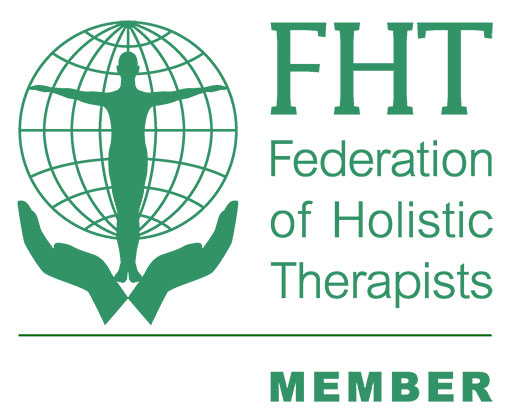Thai Hand and Foot Massage Training Courses
Ever thought about training in Thai Hand & Foot Massage?
You may be wondering what makes me qualified to provide Thai Hand and Foot Massage training.
Well, let me tell you… In early 2019 I gained my Level 3 Award in Education & Training which allows me to teach. I have been working in the massage industry for over 11 years and have experience with a range of different massages and techniques.
The massage industry only allows for you to teach courses you are personally qualified in, meaning technically I can teach over 15 different massage courses. Training courses delivered by me in person are fully accredited by ABT. This means once you have passed and received your certificate, you can become a massage therapist, get insurance, and charge people for the service.
History of the Thai Hand and Foot Massage?
There is evidence to show Traditional Thai Massage has been used to treat some illnesses since the Sukhothai period in the reign of King Ramkamheang.
There are 2 types of Traditional Thai Massage, these are:
- Wat Po, Bangkok Style
- Lanna Thai, Northern Style
The Wat Po is the original and more traditional style and some people have suggested it’s a more intense form of massage.
Lanna Thai is a gentler style from the Chiang Mai area of Northern Thailand. It is a more relaxed form of massage where the therapist moves the clients into gentle stretches and holds them before releasing them.
Thai Foot Massage
In Thailand, this form of massage is called ‘Nuad Pan Boran’ which translates to Thai Foot Massage. This is a form of massage which has a range of different aspects from Reflexology, Chinese Tuina, Japanese Shiatsu and Indian Ayurvedic yoga.
Thai Foot Massage uses a mixture of pressure points on the soles and tops of the feet including the toes using a mixture of hands, fingers/thumbs, knuckles, or a special Thai Foot Massage Stick.
The use of the stick helps to stimulate different areas on the feet to release blocked energy within the body’s many Sen Lines (also known as Meriden lines).
Releasing blocked energy helps to bring the balance back into the body and restore a healthy flow of energy throughout the body as well as dispersing any build-up of calcium crystals and uric acid.
Benefits of the Thai Hand and Foot Massage?
This form of massage may only cover a small percentage of the body, but the body can benefit in lots of ways.
Here are just some of the ways that the body could benefit from receiving a Thai Hand and Foot Massage:
- Reduces stress levels
- Helps you to relax
- Helps to increase oxygen around the body
- Improves circulation
- Reduces stiffness and improves flexibility on joints/muscles
- Stimulates nerve endings
- Improves sleeping patterns
- Helps to alleviate feet conditions
What you will learn in the course
- Principles of Thai Hand & Foot Massage
- Anatomy & Physiology
- Therapist posture
- Different massage mediums
- How to deliver a full Thai Hand & Foot Massage using a Thai Stick
- How to create a bespoke therapy for each client
- How to carry out a medical consultation
- Contra-indications for massage
- Client record keeping
- What equipment you will need to deliver this message
- Basic business know-how
The theory section of the course is done in your own time in the comfort of your own home. Then the fun begins with the one-day hands-on practical session in which you will be able to put everything you have learnt into practice.
After completing your hands-on practical training you will need to complete a small theory quiz and some case studies, once you have passed all these elements you will be issued with your certificate and you can gain insurance and start working with the general public.
Not only do I provide a Thai Hand & Foot Massage training course, but I also offer Swedish Massage and Indian Head Massage courses.
Head to the Essential Thyme Training Page for more information on the training courses I offer.
Follow us on LinkedIn, Facebook and Instagram for further advice and support.




